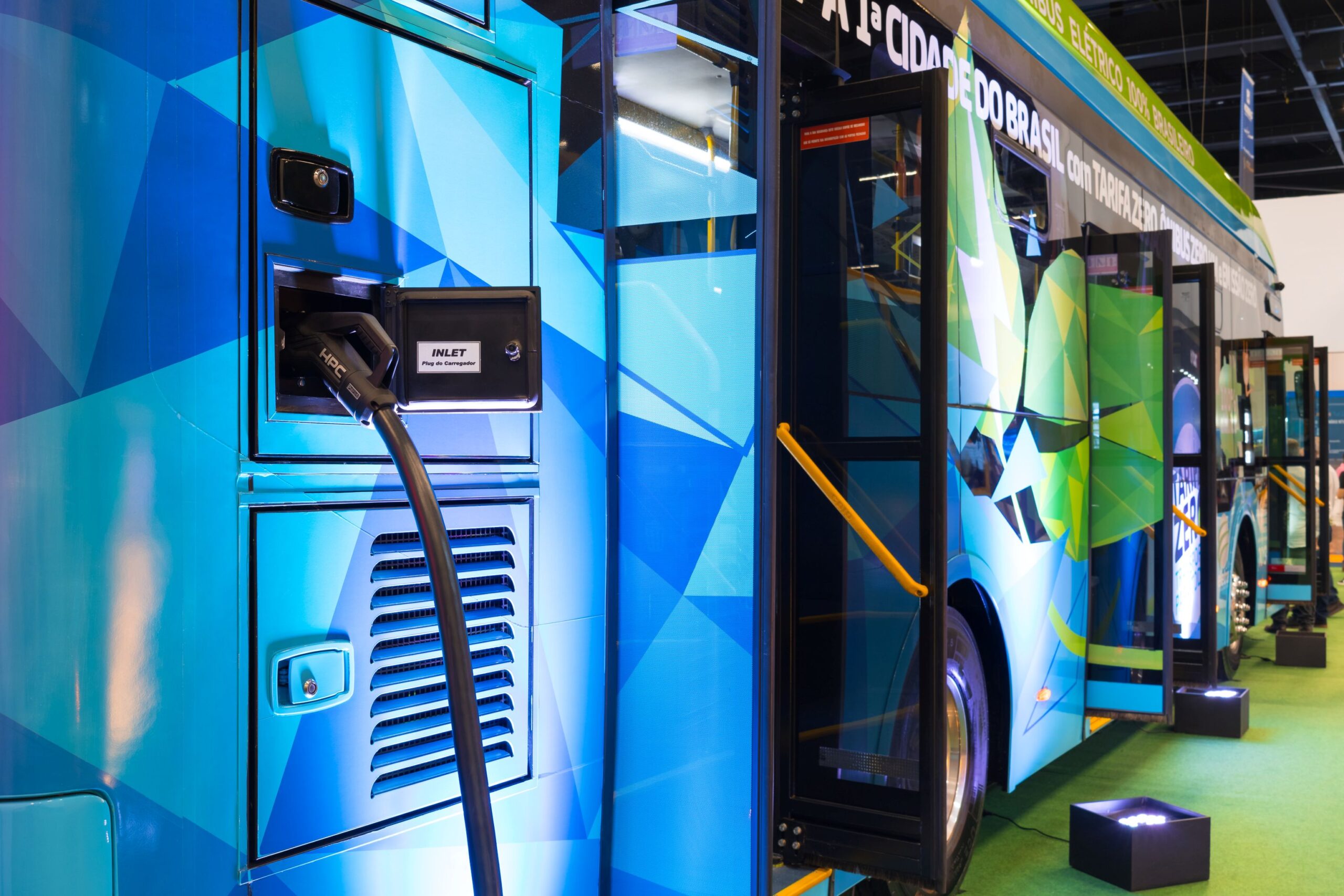As electric buses roll out across the UK, a critical gap is emerging between ambition and infrastructure. While private EV charging is growing, are we building the right kind of infrastructure to support the unique needs of e-buses, especially outside major cities?
 Roger Brereton, head of sales at bus steering system manufacturer Pailton Engineering, looks into the lessons from abroad, the current state of UK infrastructure and what must happen next to close the charging gap.
Roger Brereton, head of sales at bus steering system manufacturer Pailton Engineering, looks into the lessons from abroad, the current state of UK infrastructure and what must happen next to close the charging gap.
Worldwide, one lesson is clear — switching to electric buses means more than just buying the vehicles. In China, early government subsidies focused on getting e-buses on the road, but it quickly became clear that those buses couldn’t operate efficiently without matching investment in charging infrastructure.
The policy shifted to support both, which helped scale up deployment more effectively. India’s experience followed a similar pattern, with the first phase of its FAME scheme, failing to provide enough support for charging infrastructure and therefore slowing down effective adoption.
As a result, the updated FAME II and PM e-Bus Sewa Scheme took a more joined-up approach, supporting both buses and infrastructure and has since helped hundreds of cities make the switch more smoothly.
Elsewhere, pilot programmes in Brazil, Indonesia and Mexico have shown how local conditions — from hilly routes to peak-hour charging — can affect energy use and costs.
These global lessons all point in the same direction. To make e-buses work in the real world, cities need to plan for infrastructure, energy demands and operations from the start.
Does the UK have a charging gap?
So, where does the UK stand? As of February 2025, the UK had just over 75,000 public charging points installed across the country. The UK government also released statistics on EV charging infrastructure, having set a target of 300,000 chargers to be installed by 2030.
However, buses have different charging requirements — they need more powerful, often depot-based or en-route charging solutions, not just more plug-in points at car parks and petrol stations.
Unfortunately, reliable national data on e-bus charging infrastructure is scarce. Unlike the detailed reporting around public EV chargers, there is no consistent dataset that shows how well-equipped the UK is to keep e-buses running on time. However, anecdotal and regional reports suggest the infrastructure is lagging behind vehicle procurement, particularly in rural areas.
Electric buses typically use high-capacity DC chargers, often rated at 300–600kW, and most are charged overnight in depots. But longer routes or more intensive duty cycles mean some services need mid-day top-ups or rapid turnaround solutions, like pantograph charging at key stops. That infrastructure is expensive and highly localised.
In London, Transport for London (TfL) is investing in zero-emission bus zones and has scaled its fleet to 2,500 e-buses this year, supported by charging hubs, but outside the capital, the picture is mixed. Some rural operators have electric buses but lack adequate charging, making it hard to run full daily routes reliably.
This regional divide also mirrors the broader EV charging landscape. A recent report states that nearly 44 per cent of England’s public charge points are in London and the South East, with just 15 per cent in rural areas.
But it’s not just about where chargers are, it’s also about what kind of power supply is available. Bus depots need significant upgrades to local grid connections to support high-capacity chargers. Without careful planning with energy companies, even funded infrastructure can hit delays or limitations due to insufficient grid capacity.

Is the gap being addressed?
To avoid the gap between e-bus uptake and charging infrastructure, funding initiatives exist to ensure rural areas are not left behind.
In its updated form, the Zero Emission Bus Regional Areas (ZEBRA) programme has received a boost with a funding model that sees the government allocating £37.8 million to roll out 319 new zero-emission buses across England by spring 2027. The programme, backed by private investment, is there to help local councils make the switch to cleaner, greener buses.
What’s great about the updated programme is that it finally recognises it’s not just about buying new buses — the infrastructure must come with it. It’s a much more joined-up approach. Local councils will need to work closely with charge point operators and energy companies to make sure the charging infrastructure is ready to go.
For instance, Hull City Council has secured £3.9 million to support the introduction of 42 new electric buses. This funding will help expand the fleet, but it will also require a plan for rolling out the necessary charging infrastructure.
Likewise, the West of England Combined Authority is receiving nearly £20 million to provide 160 e-buses. However, this funding comes with the challenge of addressing local grid capacity and ensuring that the required charging points are available throughout the region.
If the UK wants a truly national zero-emissions bus network, this infrastructure gap can’t be ignored. While great for topping up a personal EV, the current infrastructure is far less useful for the needs of public transport operators running electric buses, particularly in rural areas.
Supporting operators with the right kind of charging must be part of the plan from the start. Otherwise, the electrification of public transport risks becoming another story of uneven rollout, where the pace of change depends entirely on your postcode.
Pailton Engineering supplies steering parts for heavy vehicles, including buses, electric buses and coaches. To find out more visit pailton.com.

















Leave a Reply